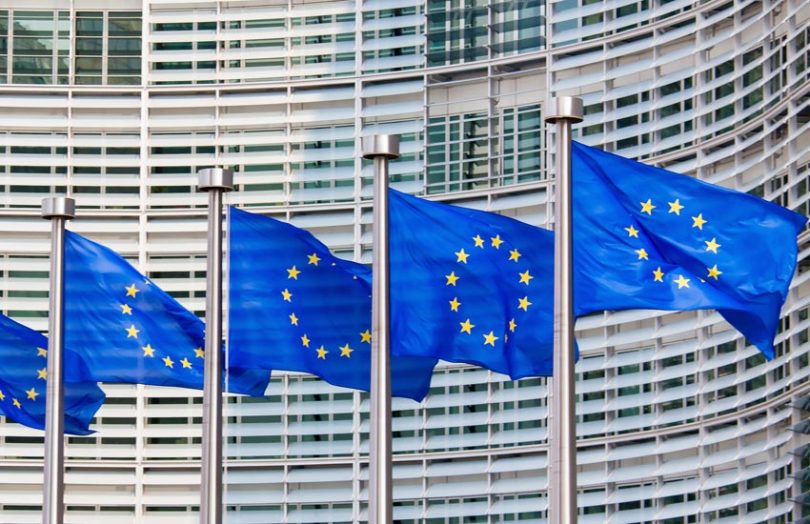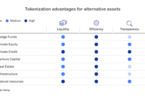Last week we reported on the leaked European Union (EU) draft regulations for Markets in Crypto-Assets (MiCA). Today European Commission (EC) EVP Valdis Dombrovskis unveiled the EC’s Digital Finance Strategy and the EC published the final MiCA draft.
“An innovative digital single market for finance will benefit Europeans and will be key to Europe’s economic recovery by offering better financial products for consumers and opening up new funding channels for companies,” said Dombrovskis.
Dombrovskis outlined how he believes that EU citizens fail to make the most of their savings because so few participate in capital markets.
We previously gave an overview of the MiCA draft legislation, and today the European Commission published an explainer.
Ledger Insights didn’t previously explore the pilot regime for distributed ledger technology (DLT) market infrastructures. In some cases, this will mean a DLT can potentially replace a central counterparty. New payment systems such as Fnality are considered to be market infrastructures. Similar to sandboxes, any permission to operate will be temporary and have strict requirements. There’s a set of conditions to participate, and limits on the transferable securities. Plus, there has to be cooperation with the local regulators, and the European Securities and Markets Authority (ESMA).
Timelines and the Digital Finance Strategy
The announcements confirm that by 2024 the EU will put in place a comprehensive legal framework to enable the uptake of distributed ledger technology (DLT) and crypto-assets. Separately, there is the same timeline for an EU wide digital identity framework which will be used for anti-money laundering (AML) procedures.
The Digital Finance Strategy has four elements. Ensuring an EU regulatory framework to facilitate digital innovation is one of them, and the crypto-assets regulations fall into this. But innovation also includes promoting cloud computing, investments in software, and the uptake of artificial intelligence tools.
Removing fragmentation in the Digital Single Market is the first plank of the strategy. Digital identity is core to that along with one-stop-shop licensing of digital finance firms. Innovation is the second objective, and the third is promoting data-driven financial innovation. That’s a combination of enabling better regulatory oversight if data is all machine readable. But it also includes business-to-business data sharing and plans to extend the Payment Services Directive (PSD2) to enhance open finance rules.
The fourth part of the strategy is addressing the risks of digital transformation. That includes financial stability and the “same activity, same risk, same rules” principle. It also encompasses consumer protection and operational resilience, particularly cybersecurity.







